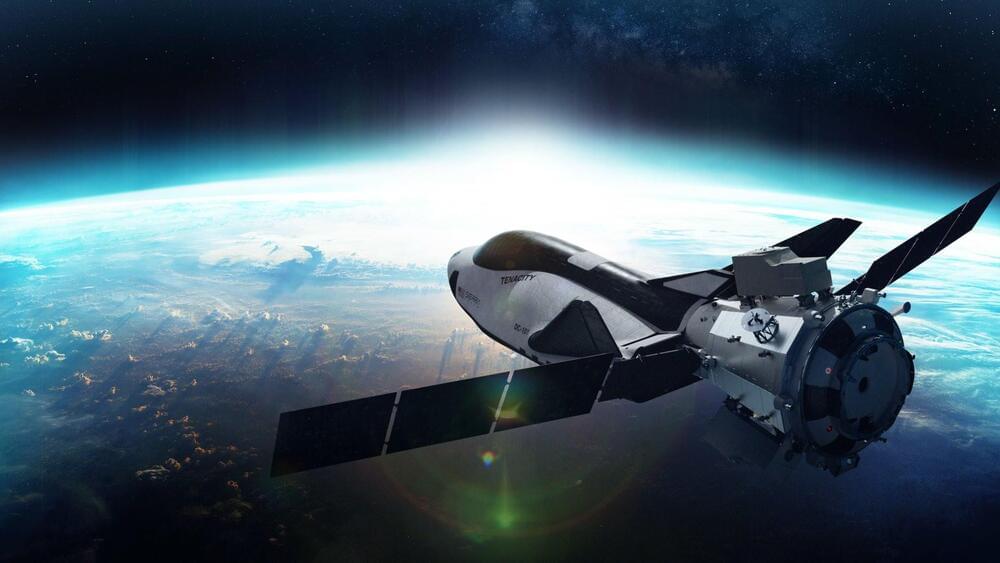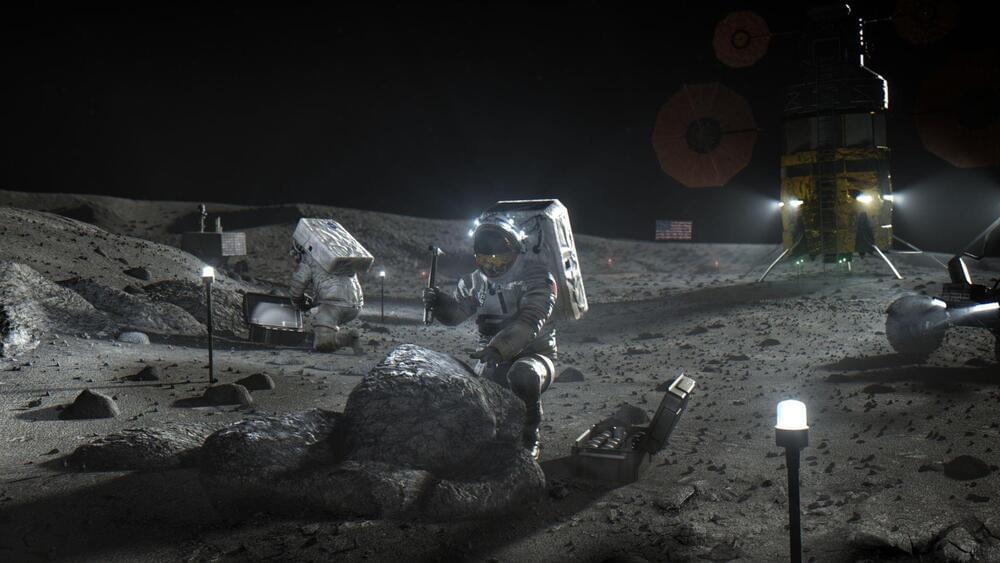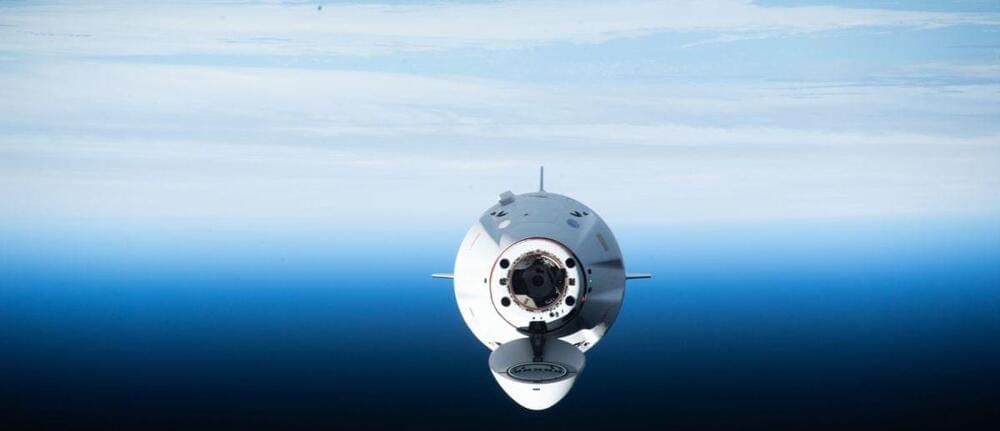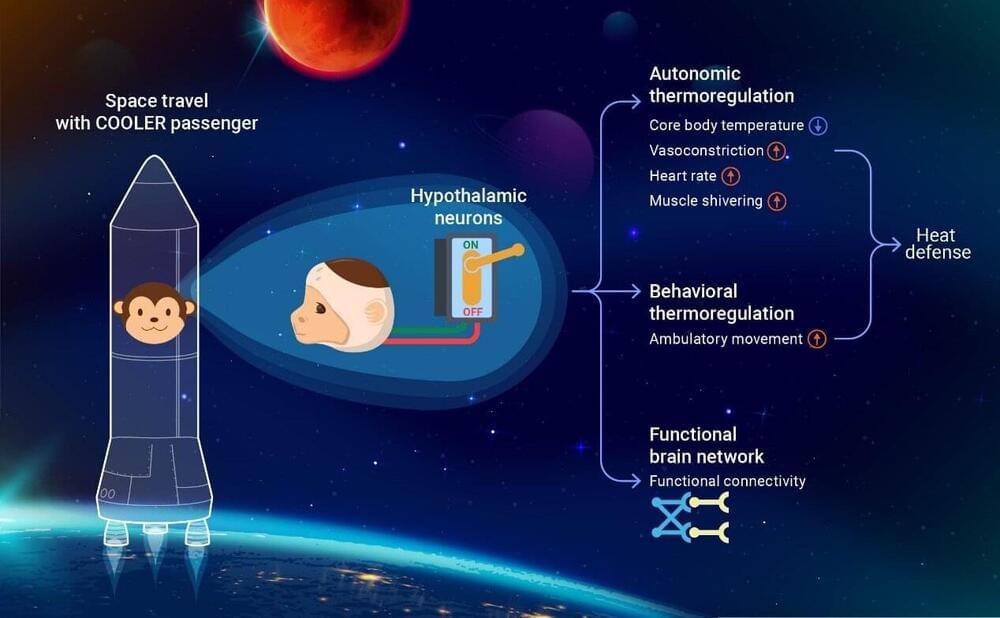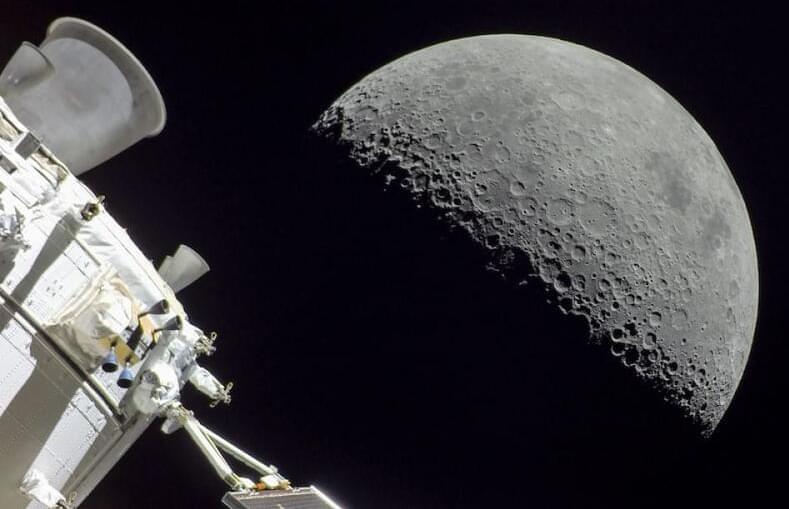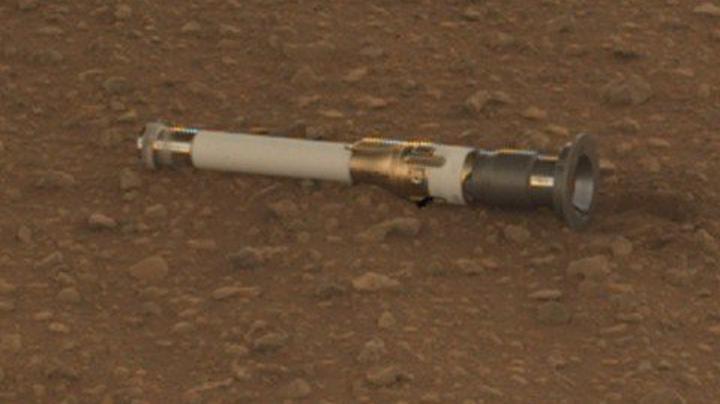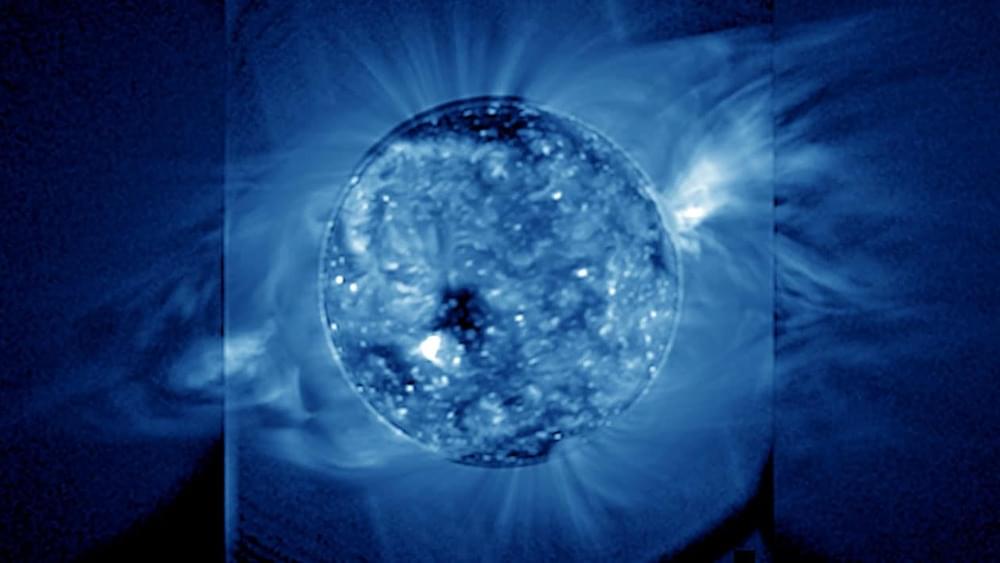
With the Large Angle and Spectrometric Coronagraph (LASCO) mounted on the NASA and European Space Agency Solar and Heliospheric Observatory (SOHO) spacecraft, the U.S. National Oceanic and Atmospheric Administration (NOAA) has been observing the Sun’s corona since 1995 to track space weather that may have an impact on Earth. However, LASCO has an observational gap that prevents scientists from seeing the middle solar corona, where the solar wind is generated.
A team of scientists from Southwest Research Institute (SwRI), NASA, and the Max Planck Institute for Solar System Research (MPS) has discovered web-like plasma structures in the Sun’s middle corona. The researchers describe their innovative new observation method, imaging the middle corona in ultraviolet (U.V.) wavelength.
The findings could lead to a better understanding of the solar wind’s origins and interactions with the rest of the solar system.
